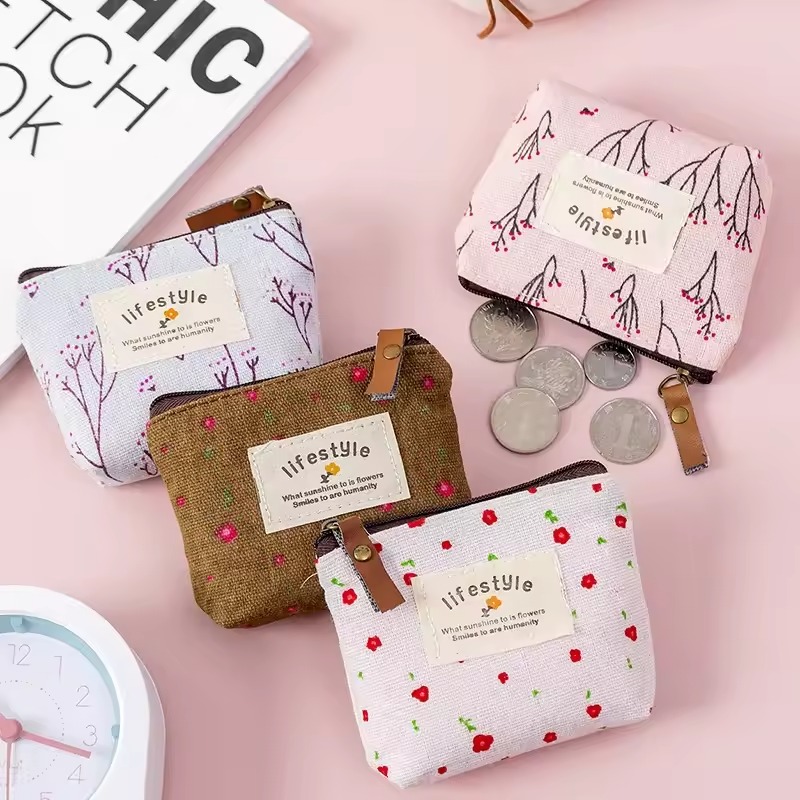Introduction
The phrase “the power of the purse” reflects the significant influence that financial decisions hold in society. Traditionally, this phrase has been associated with budget control and purchasing power. However, it extends into broader conversations about women’s roles in the economy, their spending habits, and how their financial decisions can shape markets, influence businesses, and drive social change. In this article, we will explore various dimensions of this concept: the historical context, current implications, and future prospects of women’s economic power.

Historical Context: Women and Economic Power
The Evolution of Women’s Financial Independence
Historically, women’s economic power has evolved significantly. In many cultures, women were largely relegated to home-making roles and had limited access to financial resources or decision-making authority. They often depended on their male relatives for financial support and lacked autonomy over economic choices.
Breaking Barriers in the 20th Century
The 20th century marked a turning point. The women’s suffrage movement and subsequent feminist movements sought to challenge traditional roles and push for women’s rights, including the right to work, vote, and manage finances. As women entered the workforce in greater numbers, particularly during and after both World Wars, their earning potential increased.
These shifts laid the foundation for women to become significant economic players. Women began making their financial choices, contributing to household incomes, and participating actively in consumer markets.
The Financial Participation of Women Today
Today, women participate in the workforce at unprecedented levels. They are not only employed in various sectors but also hold leadership positions. According to studies, women control an estimated $20 trillion in consumer spending, making them a critical demographic in retail and other industries.
Impact of Financial Independence
Women’s financial independence has profound implications for society. It allows them to make choices that reflect their values and priorities, contributing to personal empowerment and family stability. As women gain economic strength, they can influence markets, create job opportunities, and foster an environment of shared prosperity.

Women’s Spending Power: Trends and Statistics
Understanding Women as Consumers
Women are often seen as primary decision-makers in household spending. From groceries to healthcare, educational expenses, and beyond, women typically manage significant portions of family budgets. This role empowers them with the ability to influence which products and services succeed in the marketplace.
Key Statistics on Women’s Spending Power
Recent research suggests that women control over 70% of consumer spending in the United States. This significant figure indicates that businesses should not overlook this demographic when strategizing marketing efforts. Moreover, women are expected to be responsible for the majority of discretionary spending, making their preferences and purchasing habits vital for companies aiming to thrive.

Shifts in Consumer Behavior
As women gain increased economic power, shifts in consumer behavior reflect their values and priorities. More than ever, females prioritize purchasing products from companies that promote social responsibility and sustainability. Brands that emphasize ethical practices and engage in corporate social responsibility (CSR) initiatives can appeal to this demographic.
Examples of Influential Companies
Many companies have adjusted their marketing strategies to resonate with female consumers. For instance, brands like Dove have embraced inclusive advertising, focusing on real beauty and body positivity. This approach not only helped promote their products but also sparked meaningful conversations about societal beauty standards. By aligning with consumers’ values, these companies foster loyalty and long-term success.
The Business Impact of “The Power of the Purse”
Women in Leadership Positions
Women’s power extends beyond consumer spending into decision-making roles within companies. Having more women in leadership contributes to diversity in thought, innovation, and effectively meeting customer demands.
Benefits of Diverse Leadership Teams
Studies have shown that companies with diverse leadership teams are more productive and profitable. They can better understand the needs of their customers and adapt to market changes. As women continue to rise in executive and board positions, they bring unique perspectives that contribute to overall business success.
Supporting Women-Owned Businesses
The rise of female entrepreneurs is another area where the power of the purse manifests itself. Women are starting businesses at six times the rate of men. These businesses often focus on needs that are traditionally overlooked, aligning with women’s experiences and insights.
Economic Contributions of Women Entrepreneurs
Women-owned businesses contribute significantly to job creation and economic growth. Supporting these enterprises is crucial for achieving economic stability and fostering innovation. Organizations such as the National Association of Women Business Owners (NAWBO) advocate for women entrepreneurs, providing resources and support to help them thrive.
The Role of Education and Skill Development
Investing in Women’s Education
Education plays a pivotal role in women’s financial power. As women gain access to education and training, they equip themselves with the skills needed to enter high-paying careers or start their own businesses. Increasing female participation in higher education has a direct effect on their ability to earn and spend.
Statistics on Women’s Education
In recent decades, enrollment rates for women in higher education have skyrocketed. Today, women earn more than half of the bachelor’s degrees in many countries. This educational progress translates into economic independence and empowerment, ultimately affecting spending power.
Lifelong Learning and Career Advancement
To maintain their competitive edge, women should prioritize lifelong learning. Continuous education through workshops, online courses, and industry certifications can help women continually advance in their careers. As they build their skills and knowledge, they can negotiate better salaries and secure leadership roles, further amplifying their economic influence.
Challenges That Remain
The Gender Pay Gap
Despite progress in women’s economic power, the gender pay gap continues to be a significant challenge. On average, women still earn less than their male counterparts for the same work. This disparity limits their purchasing power and financial independence.
Addressing Inequality
Efforts to close the pay gap involve policy changes, advocacy, and promoting transparency in pay structures. Organizations that prioritize equitable pay practices not only enhance employee satisfaction but also become more competitive in attracting top talent.
Balancing Work and Family Life
Many women also face challenges in balancing their professional and personal lives. The pressures of work alongside family responsibilities often lead to burnout, impacting career advancement. Employers can play a role by providing flexible working arrangements and family support programs.
Supportive Work Environments
Creating supportive work environments can help women thrive professionally while managing their personal lives. Companies that promote work-life balance and offer parental leave, childcare support, and flexible hours contribute to a more equitable workplace.
The Future of Women’s Economic Power
Embracing Technological Advancements
The rise of technology presents unique opportunities for women. Digital advancements have led to increased access to information, communication, and online business models. Women can leverage these tools to enhance their economic circumstances.
The Role of Social Media
Social media platforms enable women to connect, share ideas, and promote businesses. Many female entrepreneurs use platforms like Instagram and Facebook to market their products, reaching wider audiences. This shift empowers women to monetize their passions and build successful brands from home.
Advocating for Policy Changes
To continue fostering women’s economic influence, advocacy for supportive policies is crucial. Initiatives promoting equal pay, affordable childcare, and educational opportunities can further enhance women’s financial power in society.
Impact of Nonprofit Organizations
Organizations dedicated to advocating women’s rights and economic empowerment can create change. Supporting these initiatives helps create a fairer society that values the contributions of women.
Conclusion: Harnessing the Power of the Purse
The concept of the “power of the purse” encapsulates the tremendous influence women hold over the economy. Understanding this influence, its historical context, and its implications for the future is essential. Women today play a critical role in shaping consumer trends, influencing corporate policies, and driving social change.
The Path Ahead
As we move forward, women can harness this power to create lasting change—not just for themselves but for future generations. Empowering women through education, advocacy, and support is vital for a more equitable economic landscape. By empowering women to take command of their financial destinies, we enable a brighter future for all.
Encouraging Active Participation
Embracing the power of the purse encourages women to make informed financial decisions and actively participate in the economy. The collective impact of these choices can create a ripple effect, promoting progress and ensuring that women’s voices and needs are represented in today’s financial discussions.
In conclusion, the power of the purse transcends mere purchasing habits; it reflects broader themes of empowerment, equity, and progress. It is a call to action for women to continue asserting their economic influence and driving change in their communities and beyond. Together, we can create a future where women’s financial power is recognized and celebrated, contributing to a fairer and more sustainable world.



